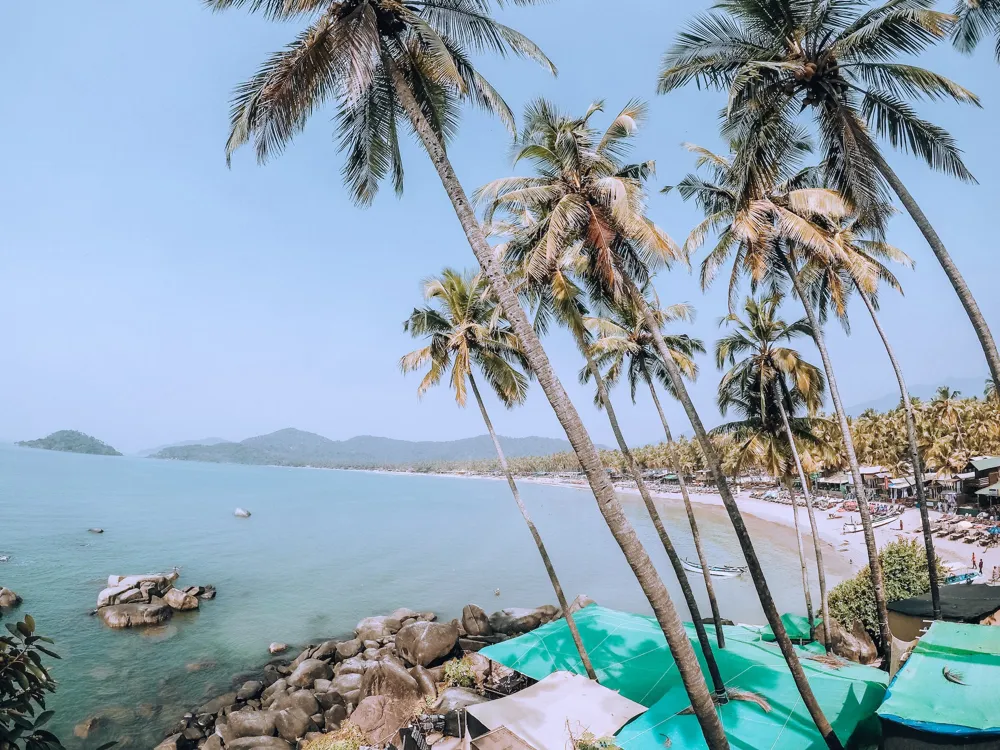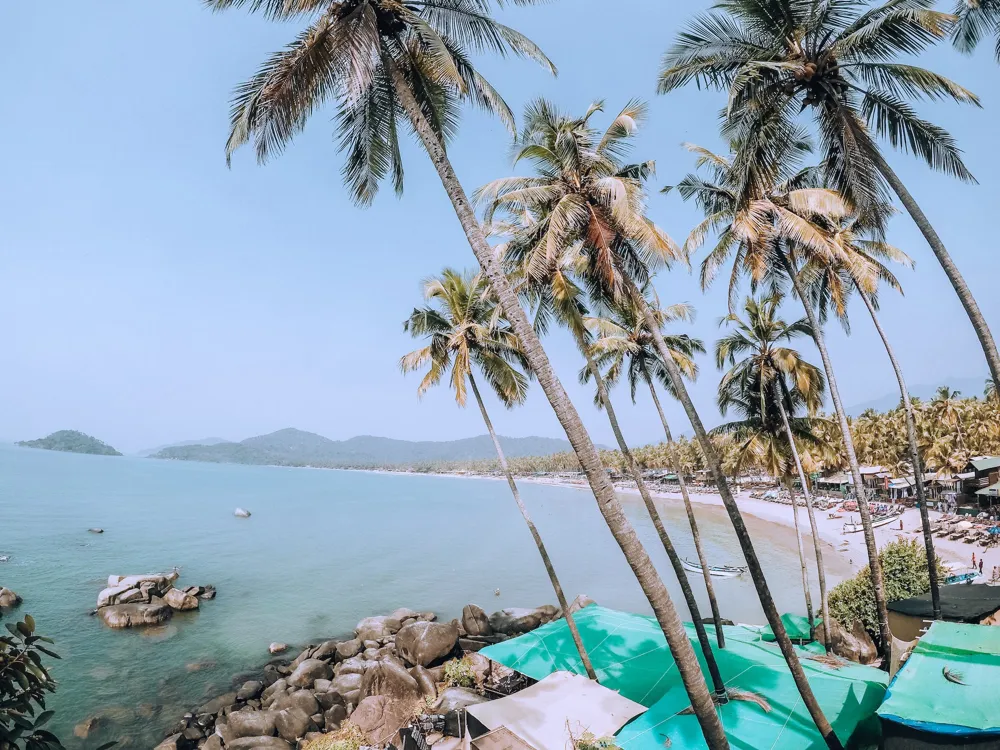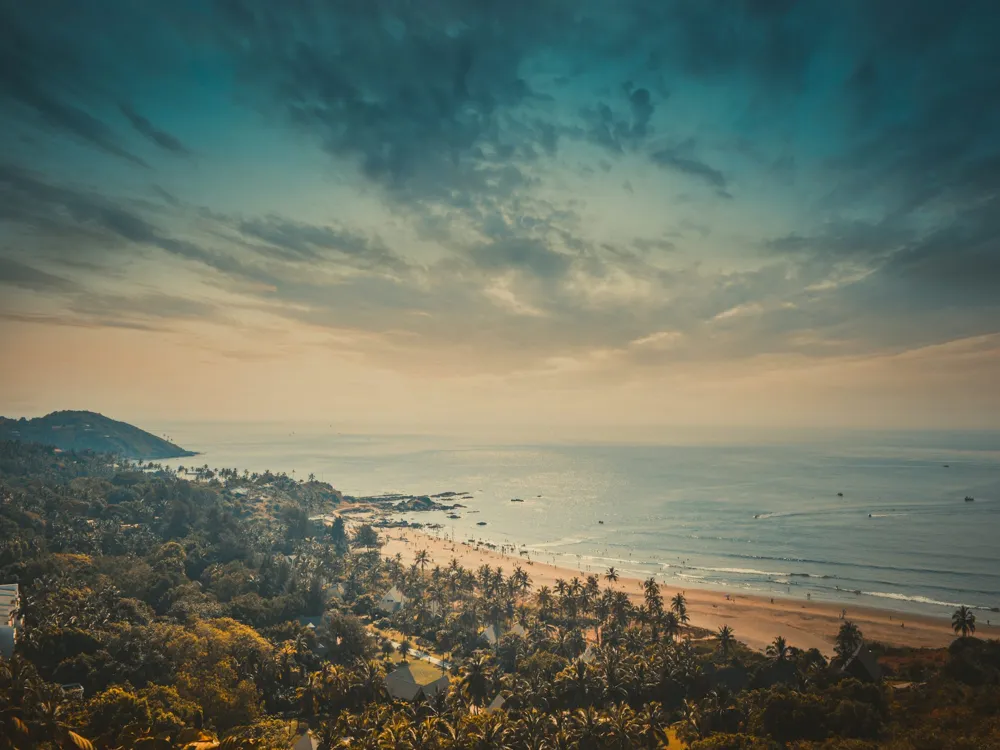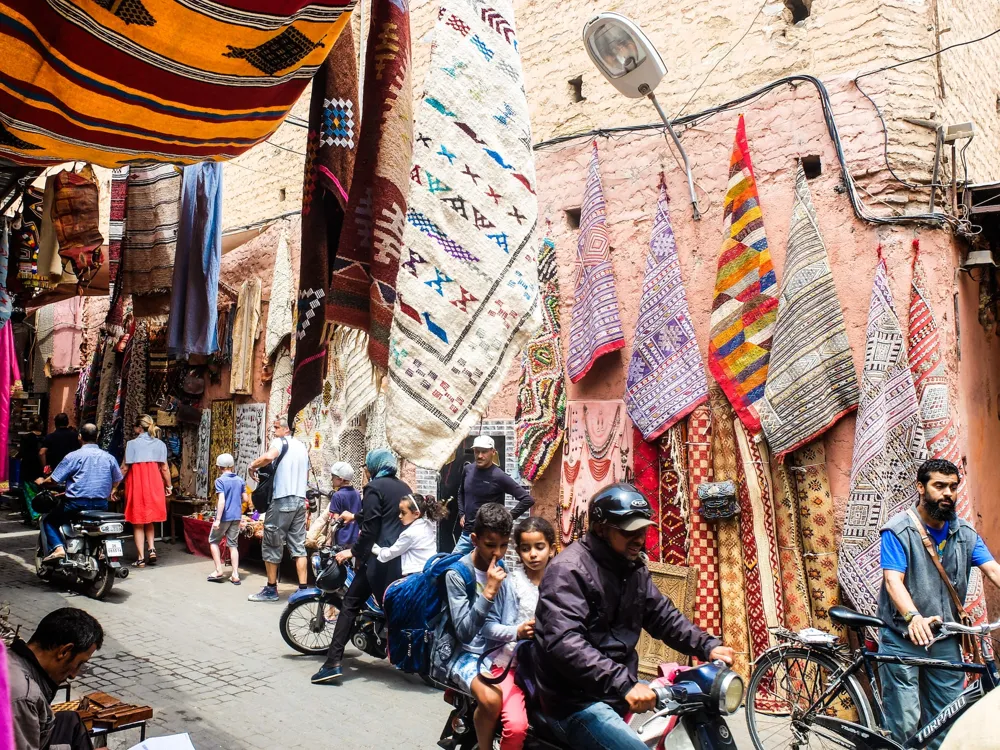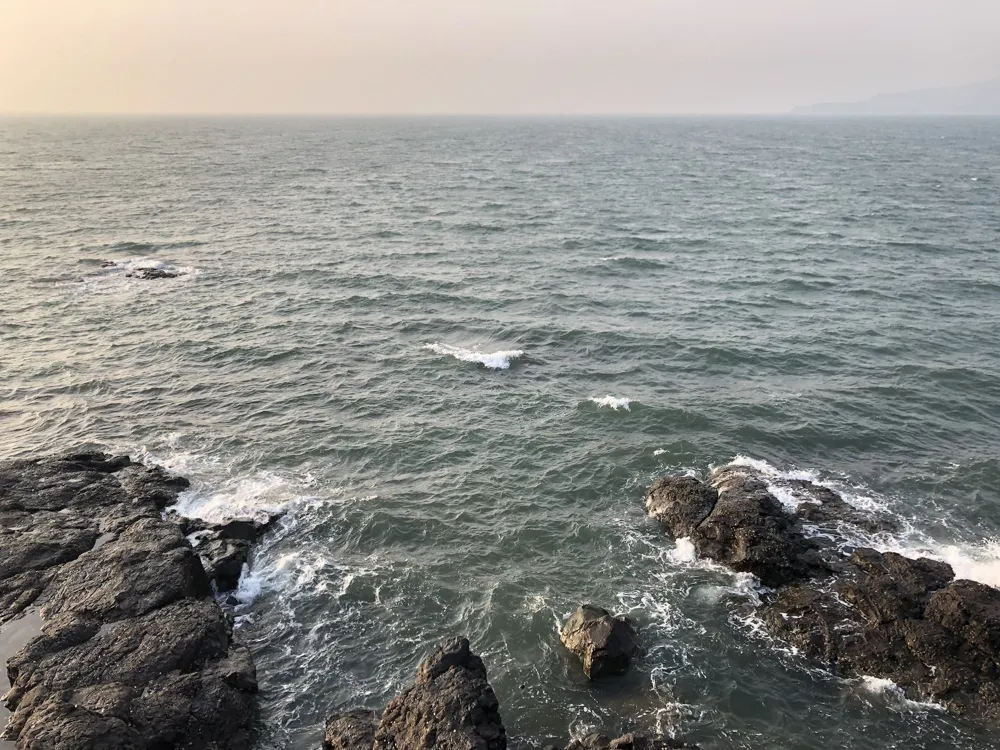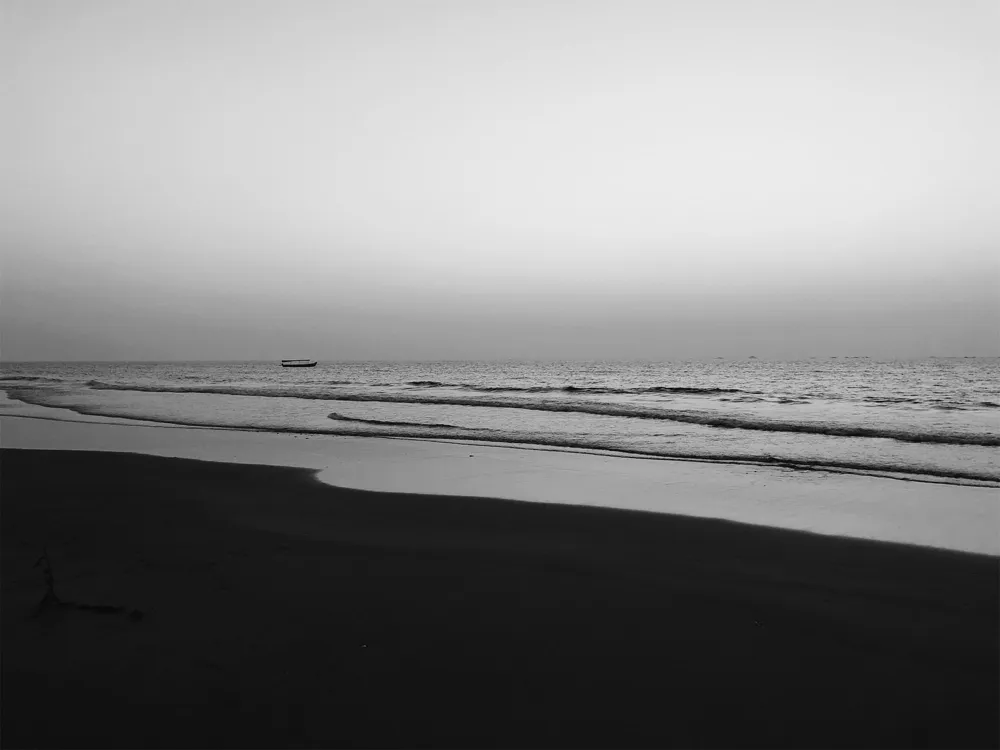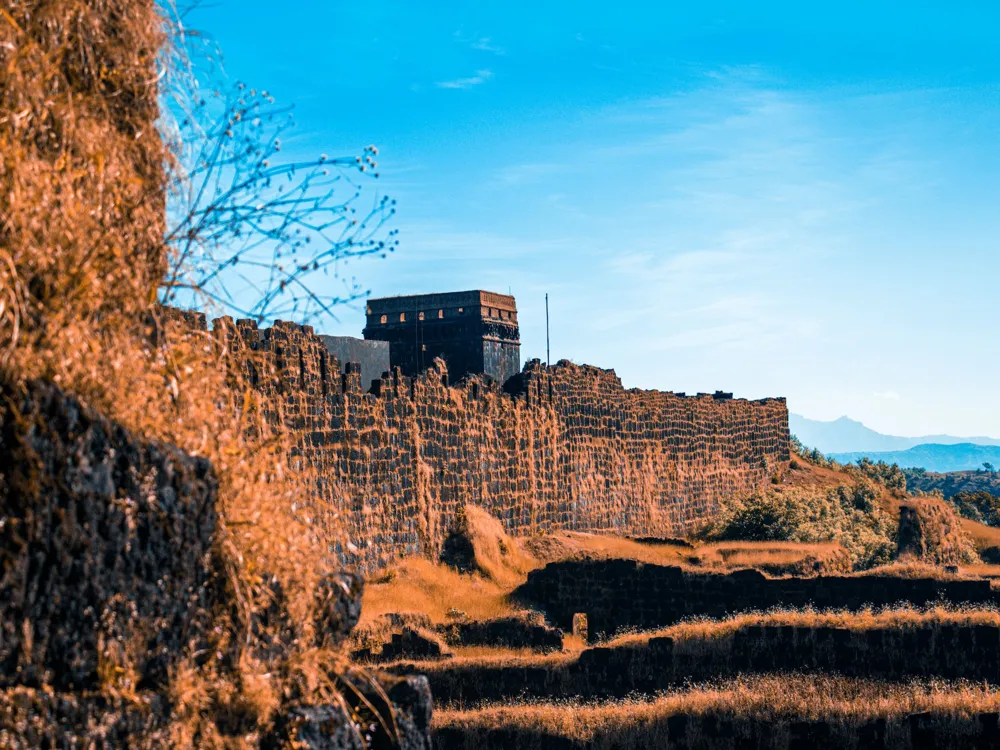Goa, a small yet stunning state on the western coast of India, is a symphony of diverse experiences. It's not just a destination; it's a vibrant journey that offers a blend of sun, sea, and sand, coupled with a rich historical and cultural heritage. This tropical paradise, with its pristine beaches and scenic landscapes, is a haven for tourists seeking solace, adventure, and festivity. Goa's history is as captivating as its landscapes. Ruled by various dynasties and colonial powers over centuries, it has evolved into a unique cultural hub. The Portuguese influence is especially prominent, infusing the Goan architecture, cuisine, and lifestyle with a distinct Iberian charm. Goa stands out with its relaxed pace of life, which contrasts vividly with the bustling rhythms of other Indian states. This harmonious blend of Eastern and Western traditions makes Goa a fascinating destination to explore. The beauty of Goa extends beyond its physical allure. It’s a mosaic of colorful festivals, delectable cuisines, and hospitable people. The Goan cuisine, a delightful fusion of Indian and Portuguese flavors, offers a culinary adventure for food lovers. Moreover, the vibrant markets, lively music, and energetic nightlife add to the enthralling Goan experience. This serene yet vibrant destination truly embodies the phrase 'susegad', a Goan term for relaxed contentment. South Goa is the serene half of the state, known for its golden beaches, crystal-clear waters, and tranquil surroundings. It's a haven for those seeking peace away from the hustle and bustle of city life. The beaches here, such as Palolem, Agonda, and Colva, offer a more laid-back atmosphere compared to their northern counterparts. South Goa is not just about the beaches; it's also home to some of the most beautiful temples and churches, showcasing the religious harmony and architectural splendor of the region. Goa’s architecture is a testament to its historical tapestry, prominently displaying the influence of Portuguese colonialism, Indian traditions, and modern adaptations. The state is dotted with numerous churches, temples, and old homes, each narrating a different story of Goa's past. The Basilica of Bom Jesus, a UNESCO World Heritage Site, is a prime example of baroque architecture. The temples, like Shanta Durga Temple and Mangueshi Temple, are remarkable for their fusion of Indian and Portuguese architectural styles. The distinct Goan houses, with their bright colors, ornate balconies, and tiled roofs, reflect the region's aesthetic sensibilities and cultural ethos. These structures are not just dwellings; they are a mirror to the soul of Goa, representing the harmonious blend of different cultures that have coexisted here. The use of local materials like laterite stones in construction showcases the ingenuity of Goan architecture in adapting to the geographical and climatic context of the region. When planning a trip to Goa, consider the season. The peak tourist season is from November to February, characterized by pleasant weather and numerous festivals. However, if you prefer a quieter experience, the monsoon months of June to September offer lush greenery and fewer crowds. Always book your accommodations and travel in advance, especially during peak season, to avoid last-minute hassles. While in Goa, embrace the local way of life. Rent a scooter or a bike for local travel; it's cost-effective and gives you the flexibility to explore hidden gems. Indulge in the local cuisine, which is a blend of Indian and Portuguese flavors, and don't miss the fresh seafood. Respect the local culture and traditions, and be mindful of dress codes, especially when visiting religious sites. Goa's beaches are its crowning glory, but it's essential to follow beach etiquette. Always swim in designated areas, as some beaches have strong currents. Keep the beaches clean; do not leave any trash behind. Avoid taking pictures of people without their consent, and dress appropriately when off the beach. Your health and safety are paramount. Carry basic medications and first-aid supplies, as medical facilities in remote areas might be limited. Drink only bottled water, and be cautious with street food, especially if you have a sensitive stomach. Keep emergency contacts handy and always inform someone about your travel plans. Goa is well-connected by air, rail, and road. The Dabolim Airport is connected to major Indian cities and some international destinations. By train, Goa is accessible through two main stations: Madgaon in the south and Thivim in the north. For road travel, various bus services and taxis connect Goa with neighboring states. The state's location makes it easily accessible for both domestic and international tourists, adding to its appeal as a must-visit destination.Overview of Goa
South Goa
Goa's Architecture
Tips When Visiting Goa
Planning Your Visit
Exploring Goa
Beach Etiquette
Health and Safety
How To Reach Goa
Betul Beach
South Goa
Goa
NaN onwards
View goa Packages
Weather :
Tags : Beach
Time Required : 1 - 2 hrs
Location : South Goa - Next to Mobor Beach
Things to Know : Visit Betul Fort and Betul Lighthouse located opposite to the river Sal
A small road leads from Cavelossim to Betul Beach directly.
Planning a Trip? Ask Your Question
Goa Travel Packages
View All Packages For Goa
Top Hotel Collections for Goa

Private Pool

Luxury Hotels

5-Star Hotels

Pet Friendly
Top Hotels Near Goa
Other Top Ranking Places In Goa
View All Places To Visit In goa
View goa Packages
Weather :
Tags : Beach
Time Required : 1 - 2 hrs
Location : South Goa - Next to Mobor Beach
Things to Know : Visit Betul Fort and Betul Lighthouse located opposite to the river Sal
A small road leads from Cavelossim to Betul Beach directly.
Planning a Trip? Ask Your Question
Goa Travel Packages
View All Packages For Goa
Top Hotel Collections for Goa

Private Pool

Luxury Hotels

5-Star Hotels

Pet Friendly









